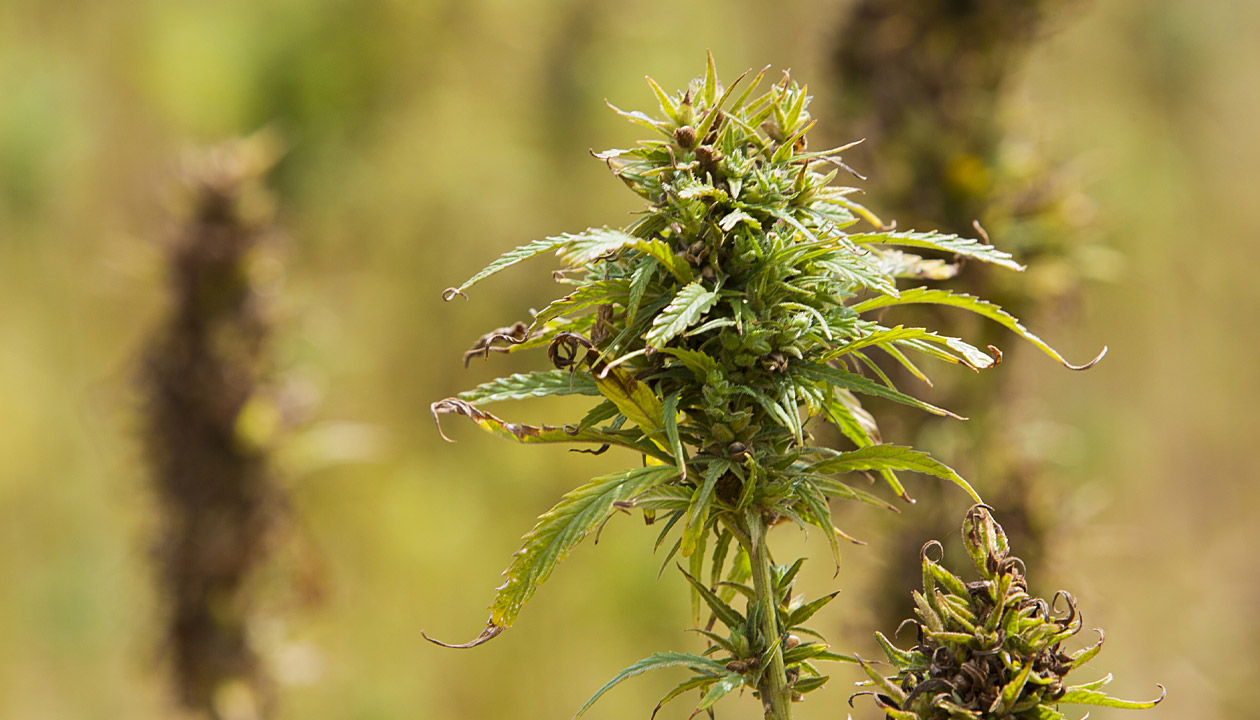Industrial hemp plantings are increasing around the country. Is the era for hemp as a legitimate, economic food and fibre crop in Australia finally here?
Story Ken Eastwood
In South Australia, around Bordertown, Millicent and Victor Harbor, hemp growers will plant their second-ever crop in November this year, tripling their plantings from last year. Around Esperance and the Wheatbelt of Western Australia, some growers are putting in five times the amount of hemp they did last year, having already brought in the state’s largest harvest last year. Even in the centre of Australia, Aileron Station is preparing to trial the Northern Territory’s first hemp crop in arid conditions.
From Deloraine, Tas, through to northern Queensland, hemp production has been on a rapid rise since Australian laws were changed in 2017 permitting hemp to be grown as food. The French, Canadian and Chinese varieties being grown have almost non-existent levels of the mind-altering tetrahydrocannabinol (THC) component found in marijuana. Instead, they have a reported 50,000 uses discovered over the past 10,000 years – from a nutty, gluten-free vegan protein made from the seeds, to oils, clothing from the wispy fibres, and building materials from the hard stalk, or hurd. And although the total production figures are still small, the expansion and increasing infrastructure suggests the time of hemp in Australia may finally be here.
Tom McCue, senior manager of emerging industries at AgriFutures, says hemp is one of a handful of commodities that the organisation has identified as having “huge growth potential”. Estimates suggest it will grow more than 500% over the next five years to become an industry worth at least $15 million a year.
Stephen Thomas of Hemp Processors WA, based south of Margaret River, says current economic conditions for the crop are “like the perfect storm”: a result of the combination of consumer demand for new green, healthy products, entrepreneurial interests and changing legislation. “There’s always been this war for the past 100 years on marijuana, so hemp has been virtually sidelined for 100 years,” he says. Last year Stephen sold cattle and tore down fences on his property to plant a 25ha crop “just to see if it would work”. This year he’ll plant 125ha and he has invested in harvesting and processing machinery. “I’m aiming to try to prove to farmers in WA that we can broadacre farm this as a rotational crop. Because it has a tap root, it helps recondition the soil – it can go down and chase the moisture as the summer comes on. Once you’ve got a crop going, it kills the weeds because it blocks out the sun and the soil holds the moisture. It’s like a rainforest.”
After a 120–140-day growing cycle, hemp is harvested in March or April, allowing another crop to be grown over winter. Farmers who have tried hemp in rotation are reporting that their other crops, such as potatoes, soy beans or even cotton, use less water as a result, and are up to 25% more vigorous.
Stephen says the economics are starting to stack up, particularly for small farmers, with the best growers able to generate a $4000–$7000 return per hectare if they can harvest both seed and stalk. “If you’re getting $4000 a tonne for hemp seed, it’s a lot more than $400 a tonne for oats,” he says.
This story excerpt is from Issue #127
Outback Magazine: Oct/Nov 2019










